- About us
- Support the Gallery
- Venue hire
- Publications
- Research library
- Organisation chart
- Employment
- Contact us
- Make a booking
- Onsite programs
- Online programs
- School visit information
- Learning resources
- Little Darlings
- Professional learning
George Frederick Ernest Albert, The Duke of Cornwall and York and later King George V (1865–1936) was the second eldest son of King Edward VII, who ascended the throne on Queen Victoria’s death in January 1901. With the first Parliament of Australia set to open in early May, the mourning King sent George, now next in line to the throne, to Australia as his representative. The Duke and his Duchess, Mary (1867–1953) left England on 15 March aboard an Orient steamship specially chartered for the voyage. Two days after arriving in Melbourne, on 9 May, the royal couple drove through streets lined with cheering crowds to the Exhibition Building, where the Duke declared the Parliament open before thousands of guests. Later the same month it was confirmed in a letter to new Prime Minister Edmund Barton that ‘Mr Tom Roberts’ had undertaken to create a painting of the event. ‘This gentleman is desirous of getting sittings of the Duke and Duchess before they leave Australia’, the letter continued. In 1903, when Roberts was in London working on the project, he requested portraits of the Duke and Duchess from his friend, photographer Walter Barnett. Roberts then referred to these photographs in the completion of his ‘Big Picture’, which contains over 200 individual portraits.
Collection: National Portrait Gallery
Gift of Peter Roberts 2015
Peter Roberts (6 portraits)
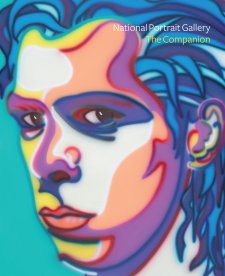
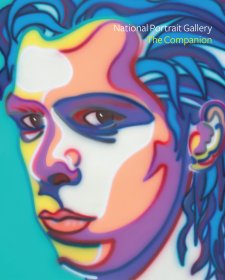
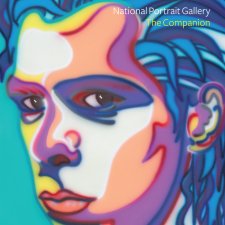
On one level The Companion talks about the most famous and frontline Australians, but on another it tells us about ourselves.
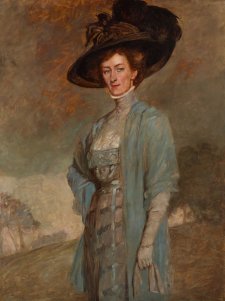
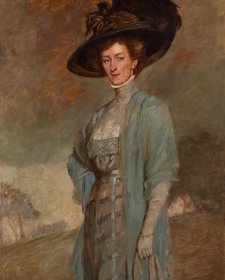
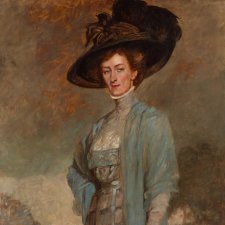
Spanning the 1880s to the 1930s, this collection display celebrates the innovations in art – and life – introduced by the generation of Australians who travelled to London and Paris for experience and inspiration in the decades either side of 1900.
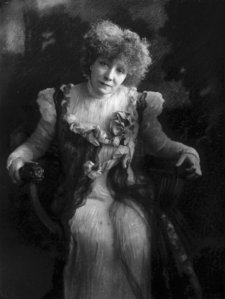
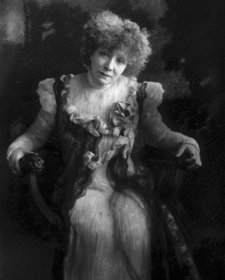
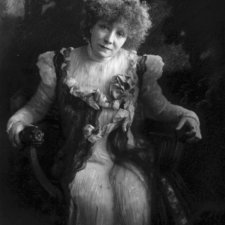
A National Portrait Gallery travelling exhibition.